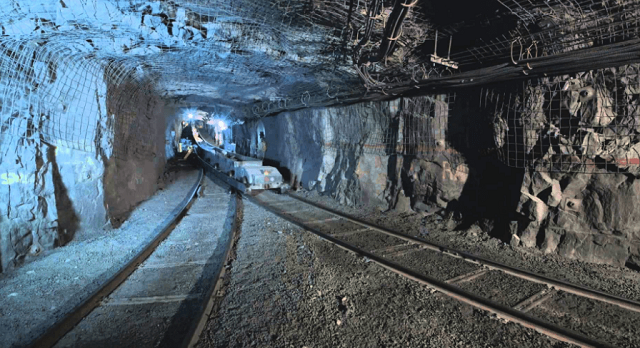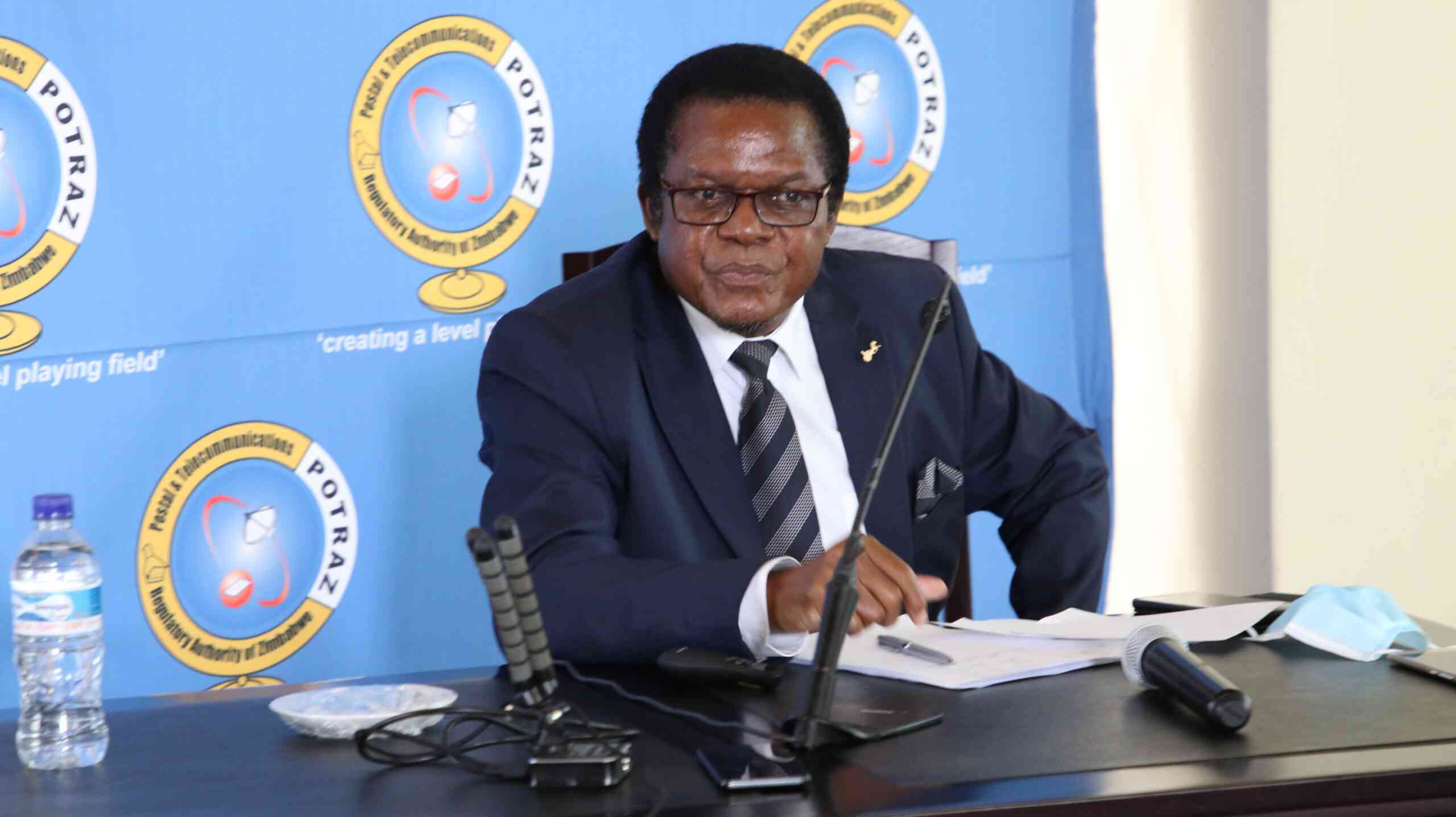Big mines feel the heat, appeal for Govt support

Leonard Ncube in Victoria Falls
LARGE scale mining companies are seeking incentives among other Government support measures saying they are incapacitated to boost production to desired levels.
Although Government has projected about $3 billion revenue from the mining sector alone in 2018, large scale miners who attended the recent Chamber of Mines annual general meeting and conference here felt Government has sidelined them and was favouring small scale miners with incentives.
This comes at a time when small scale miners have taken over as major producers, especially in gold, which is one of the two major contributors to total mineral earnings.
Gold and platinum earned a combined 57 percent last year with small scale miners contributing 13 176 tonnes making a 36,1 percent jump from 9 680 tonnes the previous year. Large scale miners contributed 11 668 tonnes of gold last year, down from 11 760 tonnes in 2016.
Participants at the just ended meeting alleged that Government was only capacitating small scale miners at the expense of big mines who are in turn expected to pay for their taxes and royalties in foreign currency. The issue took centre stage during discussions. Mining executives quizzed Mines and Mining Development Minister Winston Chitando and Reserve Bank of Zimbabwe deputy governor, Dr Kupukile Mlambo, about the issue.
“I am saddened by the fact that 60 percent of gold is coming from small scale miners. Is it because large scale miners are not working hard or Government is stifling growth through bureaucracy?” How Mine general manager, Mr Demand Gwatinetsa, asked.
Another participant alleged that Government was taking advantage of the fact that there are many small scale miners compared to bigger mines.
Chairperson of the Parliamentary Portfolio Committee for Mines and Energy, Mr Temba Mliswa, who was part of the discussion, also called on Government to capacitate bigger mines as they contribute to fiscus by paying taxes and royalties, which are “evaded” by small scale producers.
“The bottlenecks faced by large scale miners are not comparable to what small scale miners enjoy. We should capacitate bigger miners because they have a production history and giving RBZ foreign currency while small scale miners smuggle some of the produce,” said Mr Mliswa.
He noted that the RBZ should capitalise private mines than to focus on the Zimbabwe Mining Development Corporation (ZMDC) whose board he was “totally useless.” In response, Dr Mlambo said financing small scale miners was an option that came because Government was looking for quick returns.
He appealed to miners to understand that the facility was meant to focus on small scale miners.
“Let’s discuss this as stakeholders. We have critical industry that does not generate foreign currency but needs to be funded in foreign currency but the only mineral available to RBZ is gold,” he said. Minister Chitando said Government would be setting up gold centres for small scale miners across the country.
He said the mining industry would yield $18 billion revenue by 2030 and that Government was working very closely with industry to make sure the target is achieved. Mineral revenue grew by 31 percent to $2.4 billion in 2017 from $2.2 billion in 2016 gold and platinum continue to dominate export earnings accounting for 57 percent.
@ncubeleon











Comments